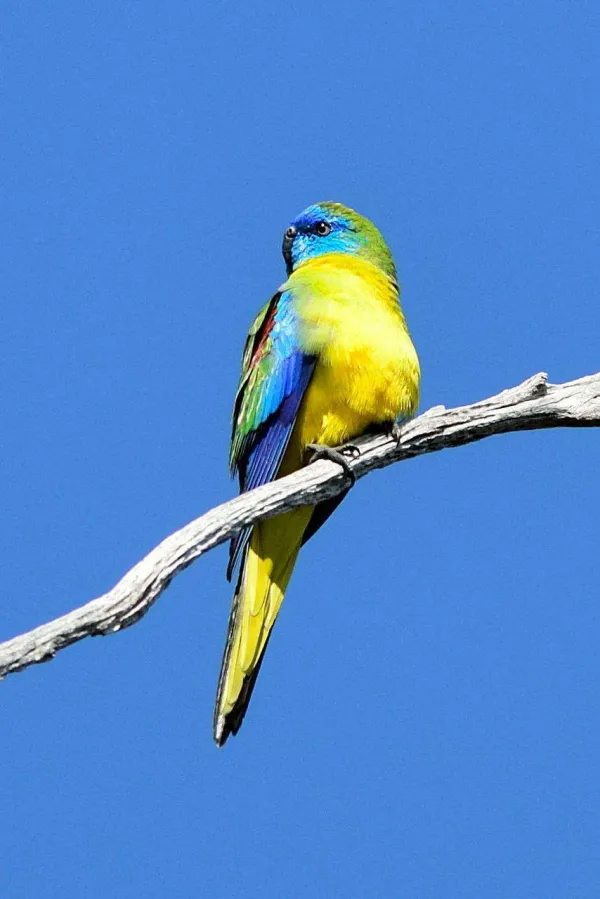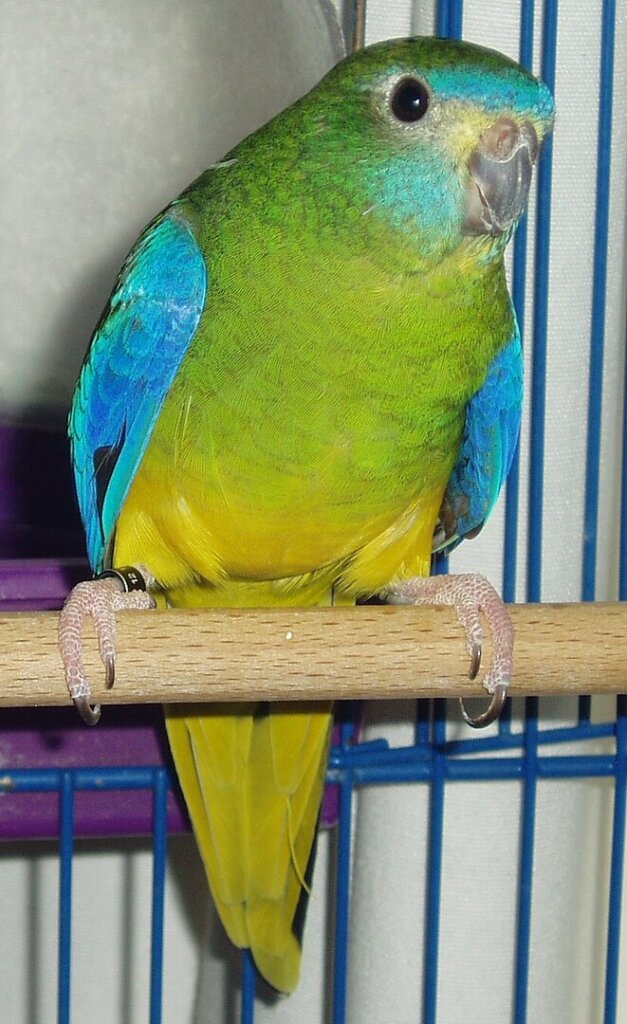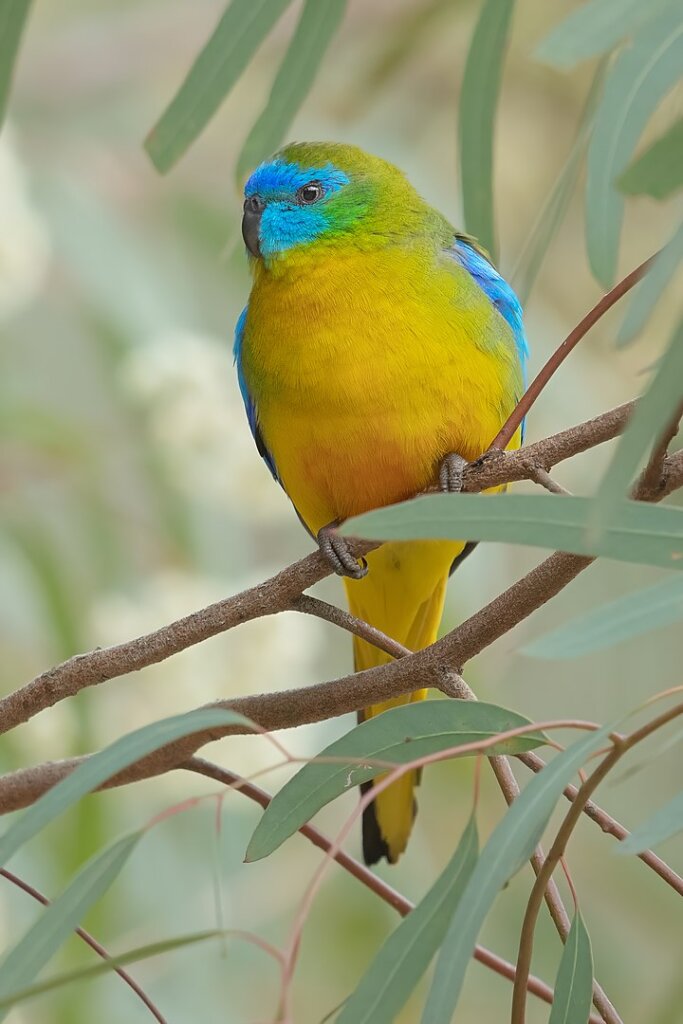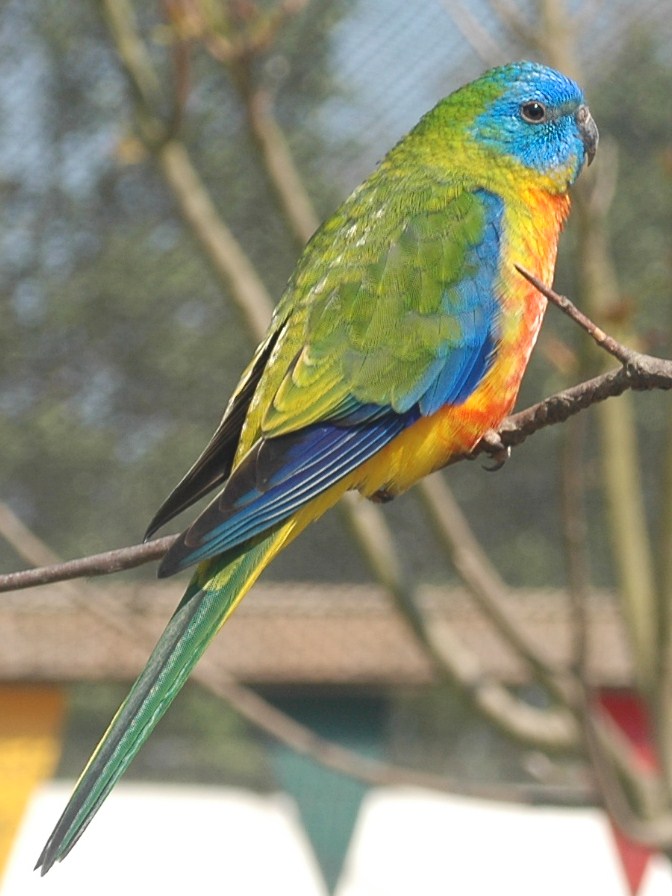The Enchanting Beauty of the Turquoise Parrot: Discovering an Iridescent Gem of Australia
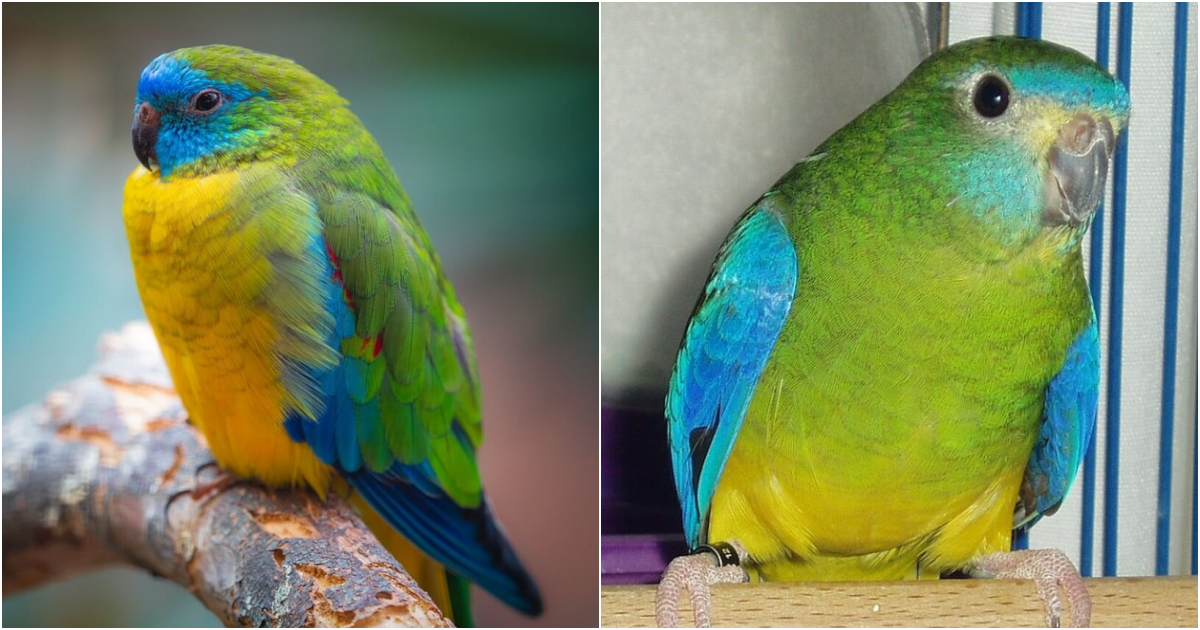
The Turquoise Parrot (Neophema pulchella) is a mesmerizing parrot species native to the enchanting landscapes of Eastern Australia, specifically the southeastern regions of Queensland, New South Wales, and northeastern Victoria. First described by George Shaw in 1792, this small and lightweight parrot stands at around 20 cm (7.9 inches) in length and weighs approximately 40 g (1+1⁄2 oz). With its stunning sexual dimorphism, the males boast a predominantly green body, yellowish underparts, and a vibrant turquoise-blue face, accentuated by predominantly blue wings with red shoulders. On the other hand, females display a paler and duller appearance, featuring a pale green breast, yellow belly, and lack the striking red wing patch.
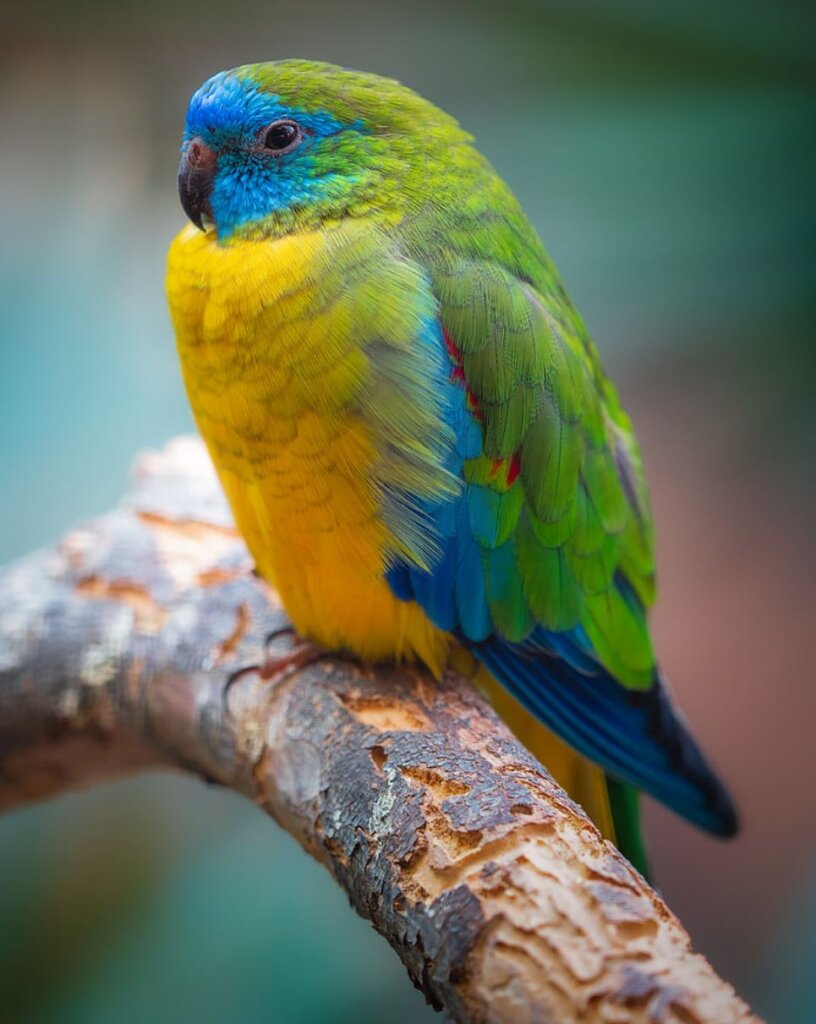
The Turquoise Parrot is a terrestrial species known for its localized habitats and not renowned for long-distance migrations. It thrives in various environments such as forests, grasslands, and shrublands in the foothills of the Great Dividing Range and surrounding areas. Its distribution spans across different regions of Australia, encompassing southeastern Queensland, New South Wales, and parts of Victoria. However, there have been occasional cases of misidentification with the scarlet-chested parrot in South Australia due to the striking similarities in females’ appearances.
Turquoise parrots are frequently encountered in pairs or small groups consisting of parents and offspring. During the breeding season, pairs separate from larger flocks. They roost communally during autumn and winter, nestling among the foliage of trees at heights ranging from 1 to 8 m (3.3 to 26.2 ft) above the ground. Although their calls, including a soft contact call and a high-pitched zitting alarm call, have been minimally studied, their presence adds to the enchantment of the Australian wilderness. The species primarily feeds on seeds and forages in open woodlands, forest margins, and grassy areas near trees. They prefer shaded areas for feeding and have a remarkable ability to camouflage in the grass.
The Turquoise Parrot is monogamous, and during courtship, males display their vibrant markings to woo their potential mates. Nesting sites, typically vertical hollows of live and dead eucalyptus trees or occasionally old fence posts, are chosen by the female. However, they face competition from other bird species for suitable breeding sites. The species has experienced fluctuations in population and range, with a significant reduction in distribution in the past. Despite this, the population in New South Wales has been increasing since the 1930s, and the species has repopulated certain areas. Currently, the Turquoise Parrot is categorized as least concern (LC) on the population status scale and is not considered threatened.
Once a popular caged bird in the 19th century, the Turquoise Parrot faced challenges with egg fertility, leading to its rarity in captivity. However, through conservation efforts and aviculture practices, it has become more common and adaptable to captivity. In captivity, the species enjoys bathing and has been known to interbreed with other Neophema species if housed together. Various color forms have been observed, including orange-bellied specimens sourced from the wild and different recessive and dominant mutations resulting in red-fronted, pied, jade, and olive variations.
The Turquoise Parrot, with its vibrant colors and enchanting beauty, serves as a delightful symbol of the diverse avian wonders found in the Australian wilderness. From its remarkable sexual dimorphism to its monogamous behavior, this charming parrot species continues to capture the hearts of bird enthusiasts worldwide. Through conservation efforts and appreciation of its natural habitat, the Turquoise Parrot can thrive and enchant generations to come, showcasing the rich biodiversity of the Eastern Australian region.
